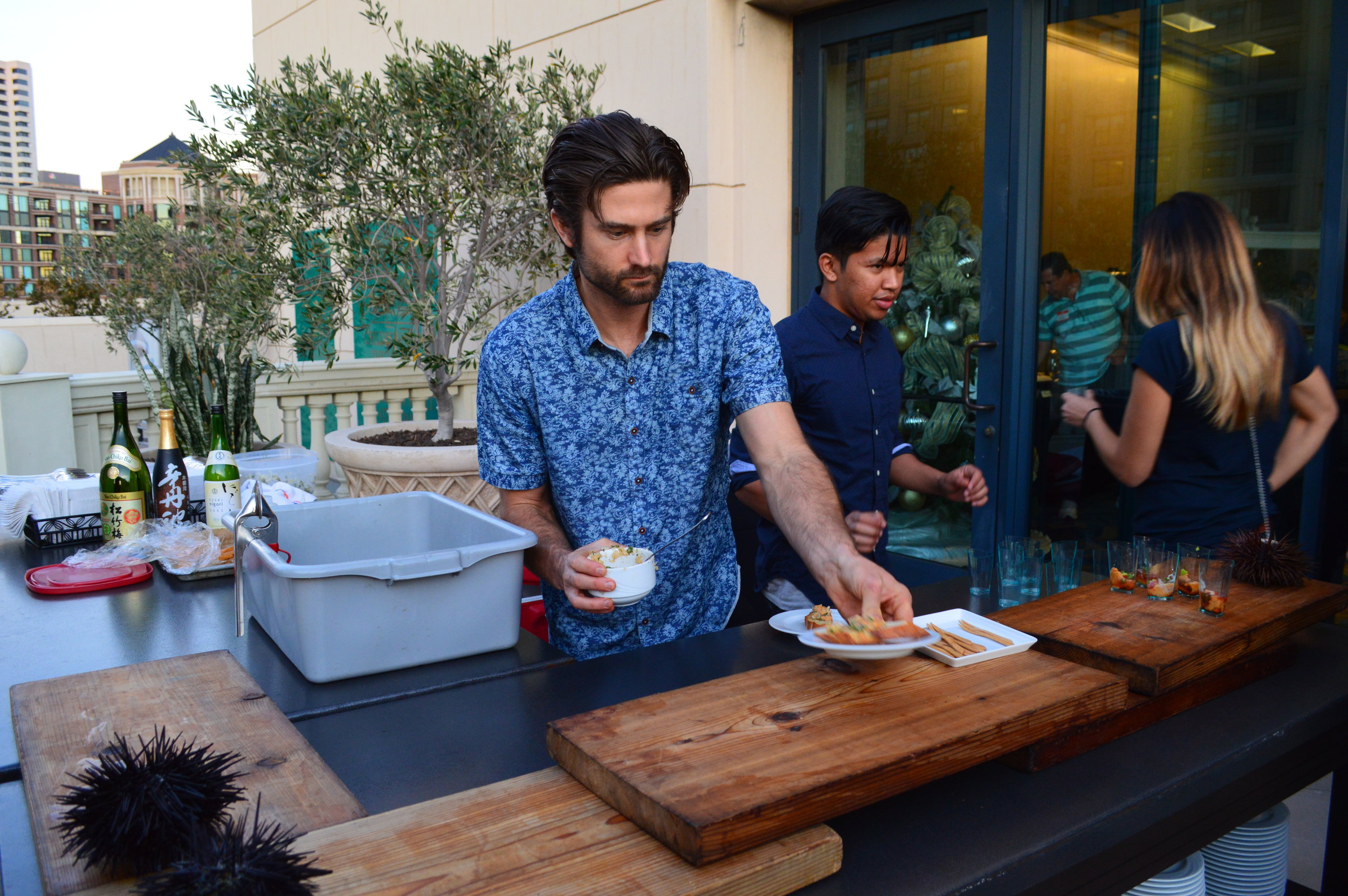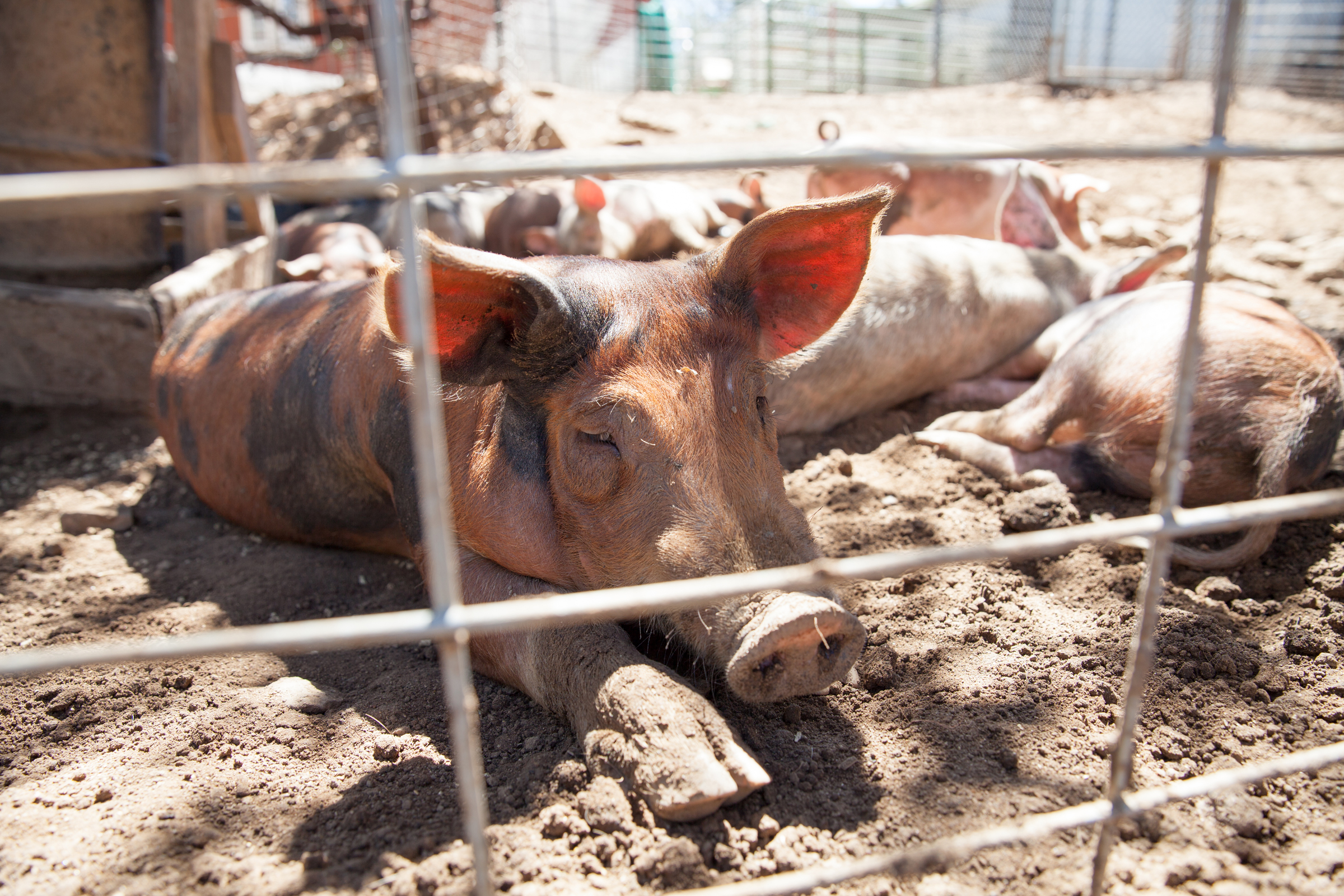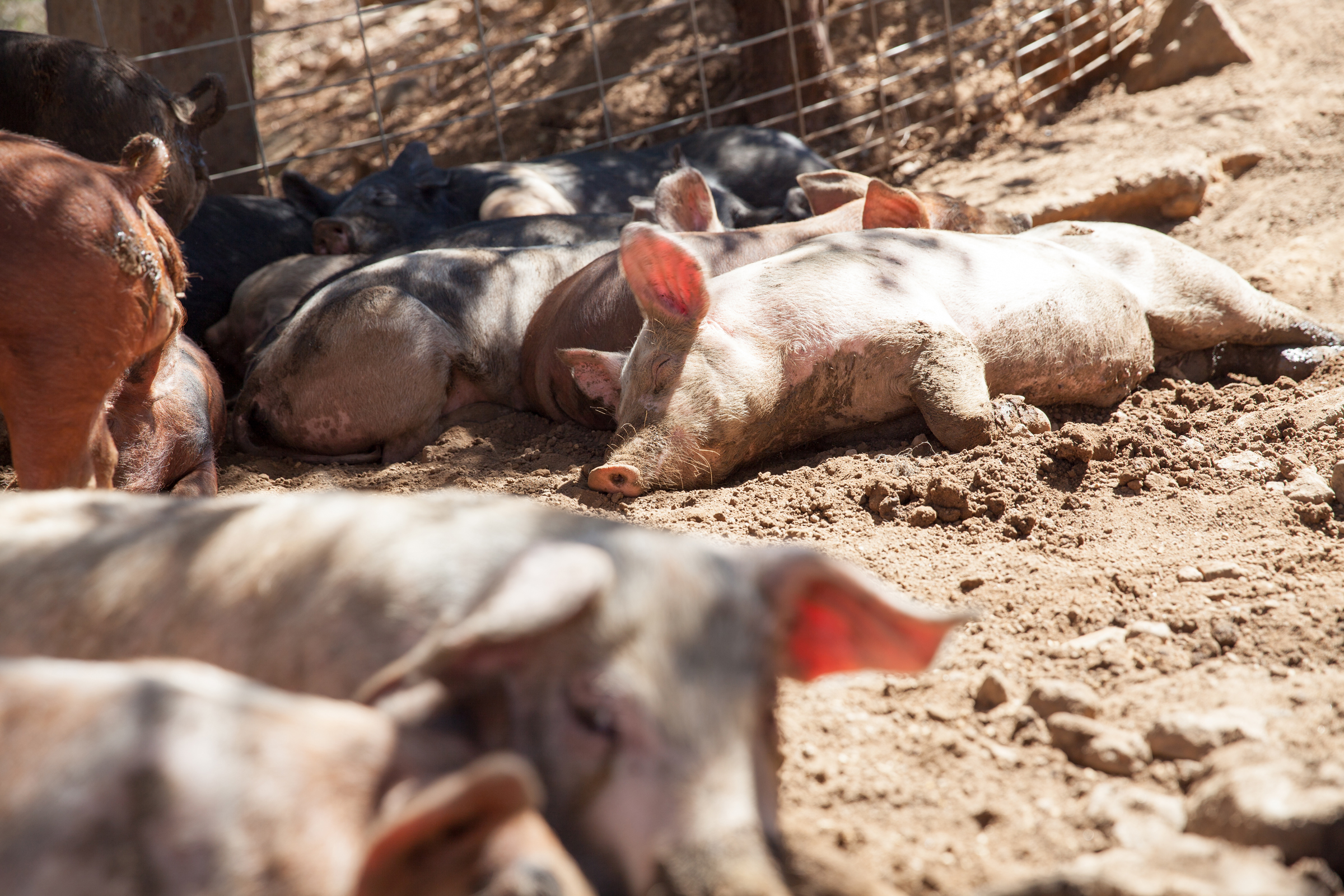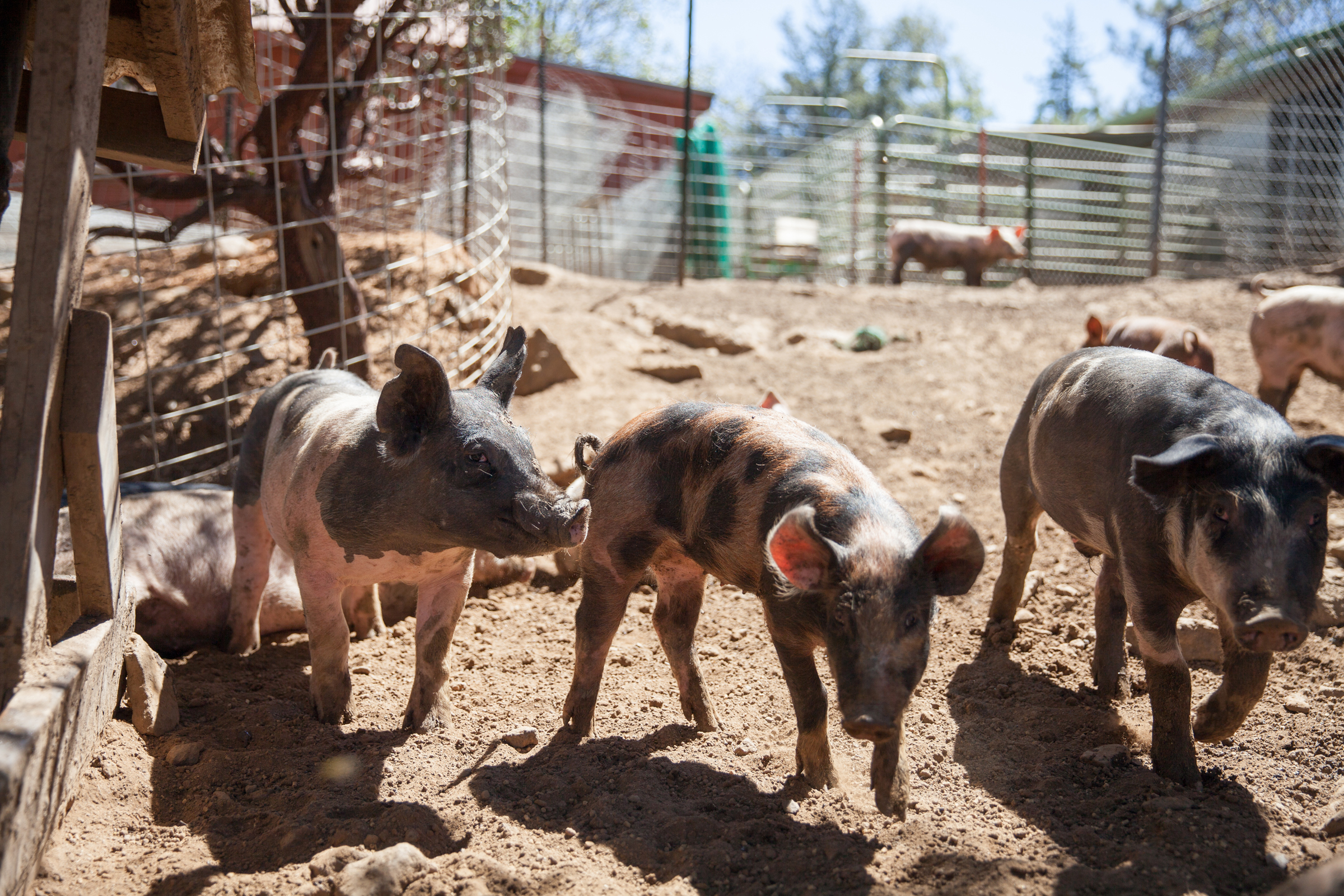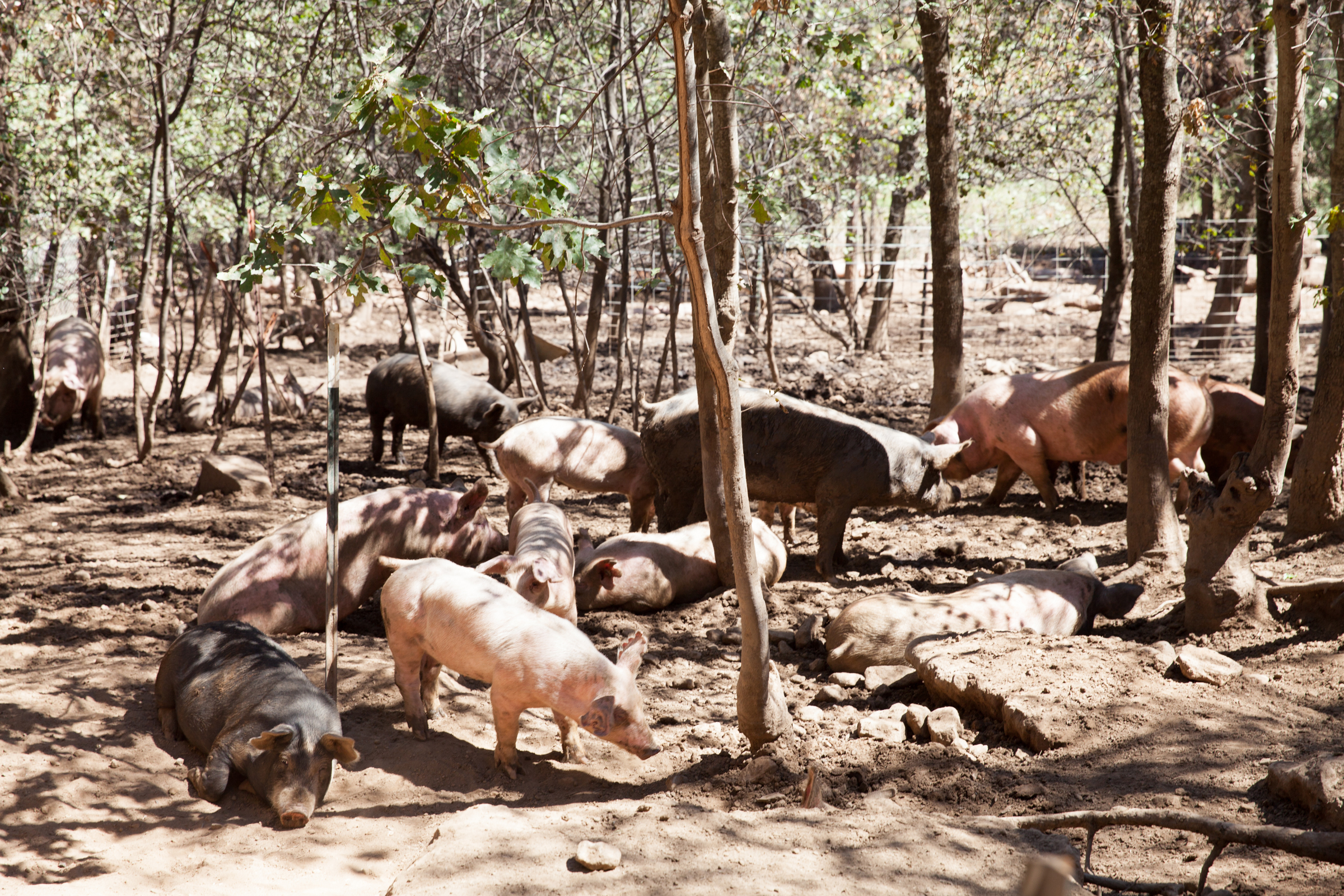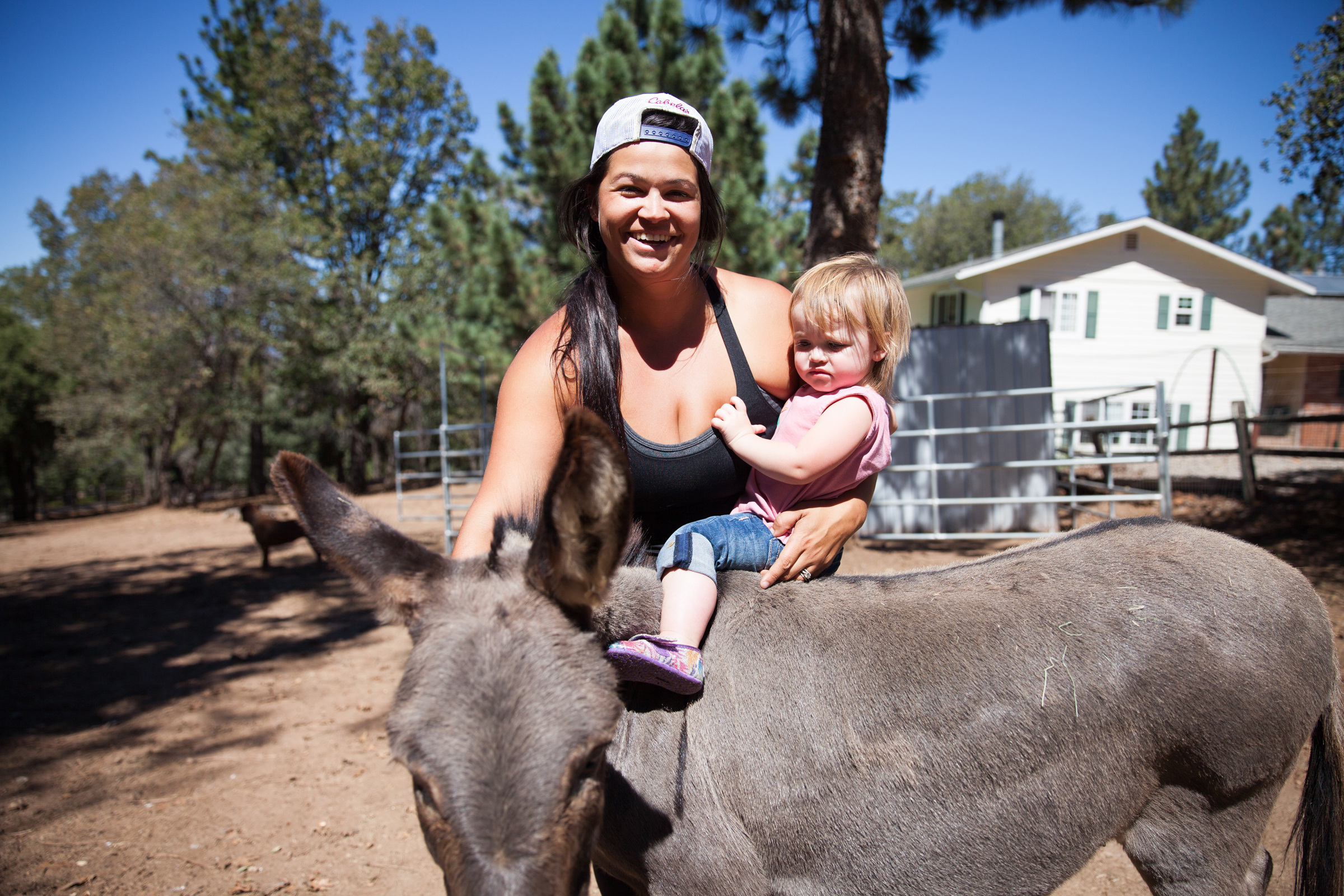Ark of Taste Chair, Colin Richard, visits Chiang Mai and meets Lee Ayu Chuepa, founder of Akha Ama Coffee.
Slow Sips: ‘Dreaming of a Vetter World’ Screening
How the New Pacific to Plate Bill is Bringing Good, Clean and Fair Fish to San Diegans
By Kathryn Rogers and Sarah Shoffler, Slow Food Urban San Diego Board Members
Slow Food Urban San Diego (SFUSD) joined the San Diego Food System Alliance (SDFSA), local fishermen, scientists, government leaders and community partners this week in celebration of local fisheries.
On December 7, 2015, more than 100 fish-loving friends gathered together at the waterfront Manchester Grand Hyatt San Diego for inspiring speeches, a lively panel discussion and delicious local seafood served in honor of the recent passage of the “Pacific to Plate” bill AB226. The new bill, sponsored by Speaker Toni Atkins (D-San Diego) and signed into law in October by Governor Jerry Brown, allows fishermen’s markets to operate as food facilities, vendors to clean their fish for direct sale, and multiple fishermen to organize a market under a single permit. Put simply, the bill makes it easier for fishermen to sell directly to the public, much like farmers can.
The process to develop the bill sprung from the early success of Tuna Harbor Dockside Market (THDM), which opened to the public in August 2014 and averaged more than 350 customers and 1.1 tons of seafood sold each week in its first months of operation. Recognizing the potential of a longer-term, direct-to-consumer market (the original operated under a temporary permit), County Supervisor Greg Cox, the County’s Department of Environmental Health, Port Commissioner Bob Nelson, the Unified Port of San Diego, California Sea Grant, NOAA, California Restaurant Association, The Maritime Alliance, California Coastal Conservancy, the local media, fishermen, researchers and supporters collaborated to draft a bill that met the desires of local fishermen and consumers. It received unanimous support in the California Assembly and Senate.
How does the new bill align with Slow Food’s mission of Good, Clean and Fair Food for All?
Good: The bill makes it easier for local fishermen to sell directly to consumers, and eliminates added transit time and processing/freezing compared to seafood imported from other countries or regions. The fish sold at THDM is caught by San Diego fishermen in local waters, most of it coming out of our oceans no more than a couple of days before it ends up in consumers’ kitchens. If you’ve ever tasted fresh caught sea urchin (a San Diego local favorite), you can tell the difference - big time. If you haven’t, get yourself down to THDM for an uni scramble or shooter. Your taste buds may never be the same.
Clean: Local sourcing means a smaller carbon footprint - no added fuel costs for fish flown or trucked to our markets from other states and countries. And US fisheries are among the most stringently regulated the world, meaning that if there’s a problem – either we’re fishing them too fast, there are too few or we’re catching protected species, we are mandated to do something about it. Our fishermen are required to stop fishing, slow fishing, or change fishing practices in some way to ensure we’re fishing sustainably.
Fair: One of the greatest benefits of a true fishermen’s market is that it promotes collaboration among local fishermen. Take it from fisherman Pete Halmay, a member of the Fishermen’s Market Working Group and longtime sea urchin diver:
“One of the best things I've seen with this direct market is that every Saturday 10 to 12 fishermen sit down together, work together, to maximize the benefits to the population. They are bringing in a wider variety of fish so each fisherman can generate more sales and bring more diverse options to consumers.”
San Diego’s seafood is wide-ranging indeed. We don't have just tuna and shrimp (two of the most commonly eaten seafood products in the US) in our waters. Our harbors and oceans are full of rockfish (dozens of species!), crab, lobster and snails, among other smaller fish like sardines, sand dabs, and mackerel.
For All: The direct-to-consumer market allows fishermen to run specials when they catch a big run of fish, passing the abundance onto consumers in the form of lower prices.
The passage of the Pacific to Plate bill is a major milestone in bringing good, clean and fair seafood to all San Diegans. So what’s next?
During Monday’s event, Dr. Theresa Sinicrope Talley, Coastal Specialist for the California Sea Grant Extension at Scripps Institution of Oceanography at UC San Diego moderated an expert panel that raised some important questions about where we can go from here to create an even more sustainable seafood system. Barriers to getting seafood from dock to dish still remain, including:
Lack of infrastructure for San Diego fishermen to offload their catch at local docks.
Logistical constraints including limited market hours (currently Tuna Harbor Dockside Market is only open Saturdays from 8 a.m. until around 1 p.m.) that make it hard from some consumers and chefs to get there.
Limited awareness among locals and visitors that the market exists, where else they can buy local seafood, and how they can prepare the less well known seafood produced locally.
Stay tuned for local efforts to address these issues. In the meantime, SFUSD is seeking local chefs and community partners interested in collaborating on these efforts. Contact us to learn more.
And, be sure to pay a visit to THDM to see these fish tales come to life. While you’re there, make sure to ask your local fishermen for their favorite seafood preparations!
Cook Pigs Ranch Brings Healthy and Happy Heritage Pigs from Farm to Table
By Kathryn Rogers. SFUSD Board of DirectorsPhotos by Colin Leibold
At the age of seven, I proclaimed to my carnivorous parents that I would no longer be eating meat. It was a moral decision grounded in my love for pigs; I couldn’t bear the thought of my favorite animal ending up on my dinner plate.
Looking back on my youthful conviction, it’s a wonder that some 20 years later I find myself standing on a pig ranch outside San Diego staring into the eyes of more than 40 porkers destined for slaughter.
My staunch pescetarian days had ended years before during a college semester in the south of Spain. Sipping espresso in my favorite corner cafe, I was enticed by the cured pig leg hanging above the chopping blocks. Shortly thereafter I enjoyed my first piece of toast with Spanish olive oil and the famed Iberian ham. I’ve been eating meat ever since.
As I expanded my diet to include poultry and beef, I faced the classic omnivore’s dilemma. My body responded well to the added protein and fat; I felt healthier than I’d been in years. And my culinary forays blossomed with more diversity in my staple ingredient list. But I still didn’t feel right eating animals, especially those that came from the crowded, dirty and inhumane conditions on factory farms.
I hoped that my journey to Cook Pigs Ranch, located outside the little mountain town of Julian, CA, would help to resolve some of my inner turmoil.
Winding through the oak groves on the way to the 11-acre farm, I admit I was nervous. But as soon as we pulled through the iron gate, I was put at ease with a greeting first by two friendly “watch” donkeys and a giant white horse, followed by an oinking pen of recently weaned piglets. I grinned seeing their curly tails and crinkly snouts.
Krystina Cook, with her youngest daughter Rosaleigh in tow, came to welcome us.
“Let me introduce you to our pigs,” she said, smiling proudly.
Their more than 500 pigs are crosses of heritage breeds including Red Wattles, GOS, Large Blacks, Berkshires, Durocs, Tamworth, and Mulefoot that spend their days roaming pastures and oak groves to feed on grass, herbs, acorns, and roots, with some supplementation from sprouted barley and pesticide-free seasonal produce. Sows birth their piglets in covered birthing facilities and protected pens, and the youngsters are never given medicine so they can build up their immune systems naturally to thrive in the outdoors. It is a truly beautiful (and surprisingly pleasant smelling) operation.
Krystina Cook never set out to be a commercial pig farmer. But she was always committed to being an excellent mother to her eldest son, who suffered from severe food allergies. Grounded in the belief that food is medicine, Cook set out to raise a few ultra-clean animals for her family to eat. She had no trouble raising healthy chickens and sheep, but the pigs struggled to thrive. She became obsessed with figuring out how to raise them well, for both the health of the animals and the best-tasting meat. Word soon spread of her small family farm, and her endeavors blossomed into the growing ranch that is Cook Pigs today.
“Our entire operation is driven by the psychology and art of the pig,” says Cook. “We take pride in raising the healthiest, happiest pigs possible. And we model our slow-growth approach after the famous Iberico pigs from Spain, which produces very consistent heritage pork of the highest quality.”
Contributing to the art is Head Butcher Nick Scafidi. He and his team at Cook Family Butcher Shop process more than 20 heads a day at the only USDA-approved butcher in San Diego County. The pigs arrive after to the Kearny Mesa facility after harvesting at a USDA-approved facility north of Los Angeles and are artfully carved and crafted into everything from sausage and ribs to coppa steaks and pig skins.
“We strive to use as much of each animal as possible,” says Scafidi.
Scafidi spent a number of years working in the kitchen, so he understands what it’s like to want unique cuts of meat and is proud of the shop’s commitment to excellence.
“We are ensuring the highest quality from farm to finish.” gushes Scafidi. “I find this very rewarding because no one else is really doing this in San Diego right now.
With increased demand for humane and delicious heritage pork, Cook Pigs continues to grow. The farm is moving to a new location near Julian with more acres of pasture. They just expanded their product line to include holiday hams. And they will soon be opening up an online store for broader distribution.
“This is the most beautiful pork I’ve ever seen. It tastes rich and robust - just like you are back on the farm,” says Distribution Manager and “Jill of All Trades,” Dana Hayden.
As I get ready to grill up that beautifully marbled coppa steak, I sure hope she’s right. I would be glad to return to Cook Pigs Ranch for a visit anytime. My love for happy pigs (and delicious pork) is strong as ever!
To learn more about Cook Pigs and how to order their heritage pork, visit their website. And be sure to join Slow Food Urban San Diego at the Good Food Community Fair on October 11, where Cook Pigs will be giving a butchering demo at 1:00 p.m.




